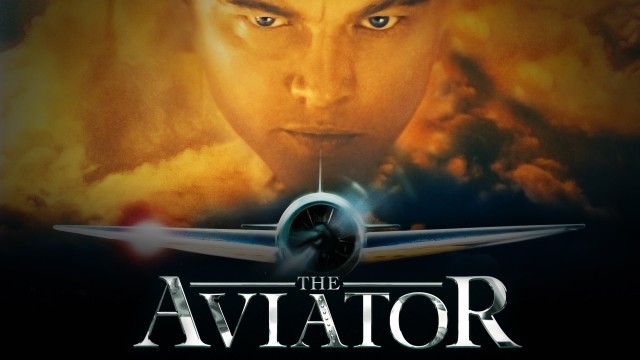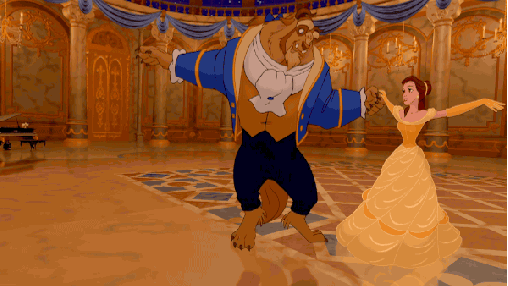‘The Wind Rises’ is one of my favourite films. It’s a fictionalised biography of Jiro Horikoshi, the designer of the Japanese Zero fighter. Turned into a period melodrama, the story is brought alive by the dreams of Jiro the protagonist where he is joined by an Italian aircraft designer who mentors him into his career.
One particular scene really stuck with me from the first time I saw it; Jiro’s first task at the Mitsubishi company designing a part of the wing. It’s the first time he puts his imagination to work, actually designing air planes. Being introduced by his nagging boss to the team as ‘This genius we’ve been hearing all about’ we then see that demonstrated.
The Composition & Editing
The scene starts slowly with Jiro getting himself set up for work at his desk. The shots are long and uneventful, setting a very naturalistic atmosphere. The boss, Kurokawa is keeping a keen eye on the new employee from underneath his rolled up work.
As the scene begins to speed up and as he gets into his work, we go through a stunning transition from the office to Jiro’s imagination with a close up of his forehead with the plane he’s working on overlayed.

All of a sudden, we’re flying along side the plane, inspecting the wing, but something isn’t right. One of the struts breaks and the plane turns to a plummeting ball of wreckage. The most beautiful part of this sequence is the transition back to the office.
The idea of the desk falling with the air plane while Jiro makes notes is terrific and is so well completed by the sky fading back to the office and the papers settling down from the wind.
The Score
The score in the scene creates the impression of all Jiro’s thoughts coming together. It starts off fractured, only a few out of time strings to begin with, stopping and starting. But as the pace picks up, more instruments come into the mix, then the piece finally becomes complete as we enter Jiro’s head. It’s a very uplifting and wonderful piece that reflects the passion and enthusiasm Jiro has as he works.
The Mise-En-Scene
The scene starts with the calm view of ships from the window by Jiro’s desk, transitioning us from the previous scene. But once Jiro’s thought process has begun and the pace of the scene has picked up we return to this view and the wind has picked up; White horses appear on the waves and the sails are now full. This mirrors what’s going on in Jiro’s head, a storm of ideas and calculations.
The work space is very lovingly designed, desks set up with authentic design tools, littered with pencil shavings and ash trays. The bins are full and the boss is struggling to work on a rolled up piece of paper. It’s all just so believable and tactile.



















